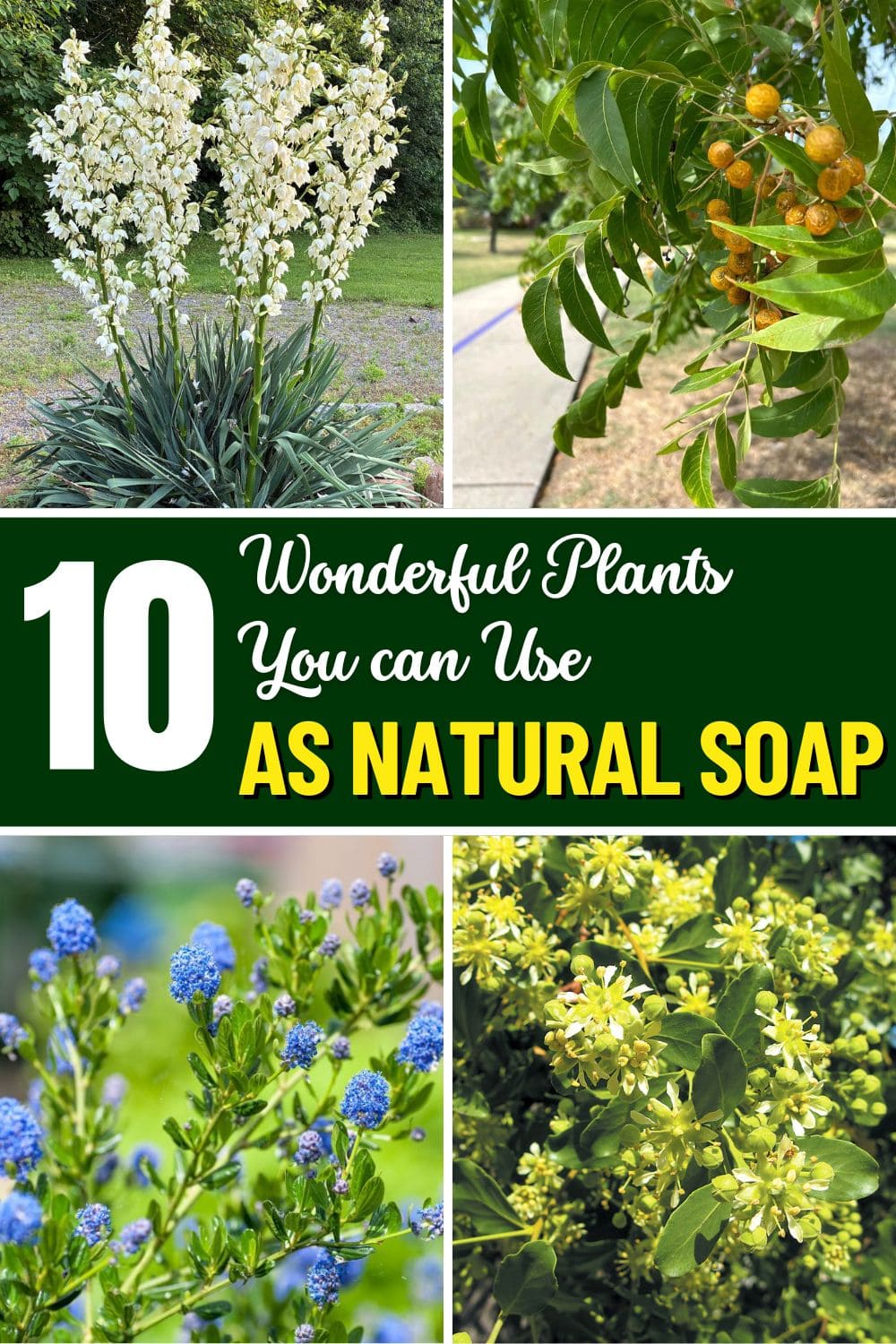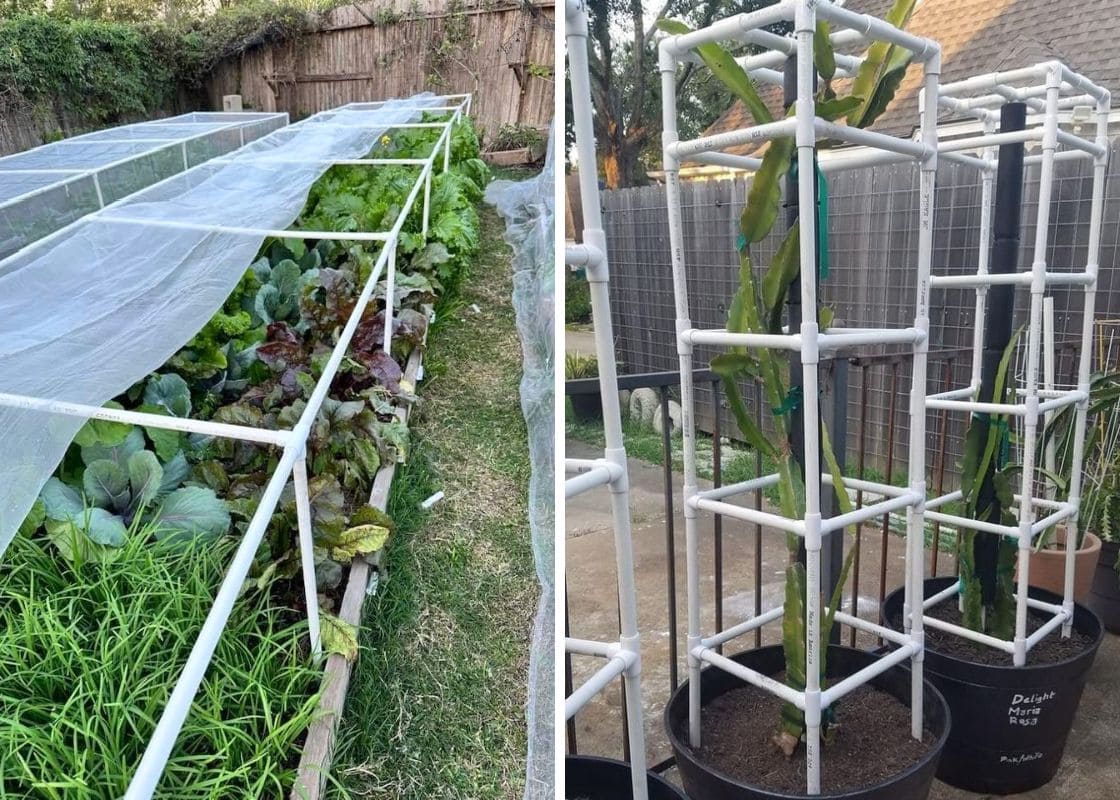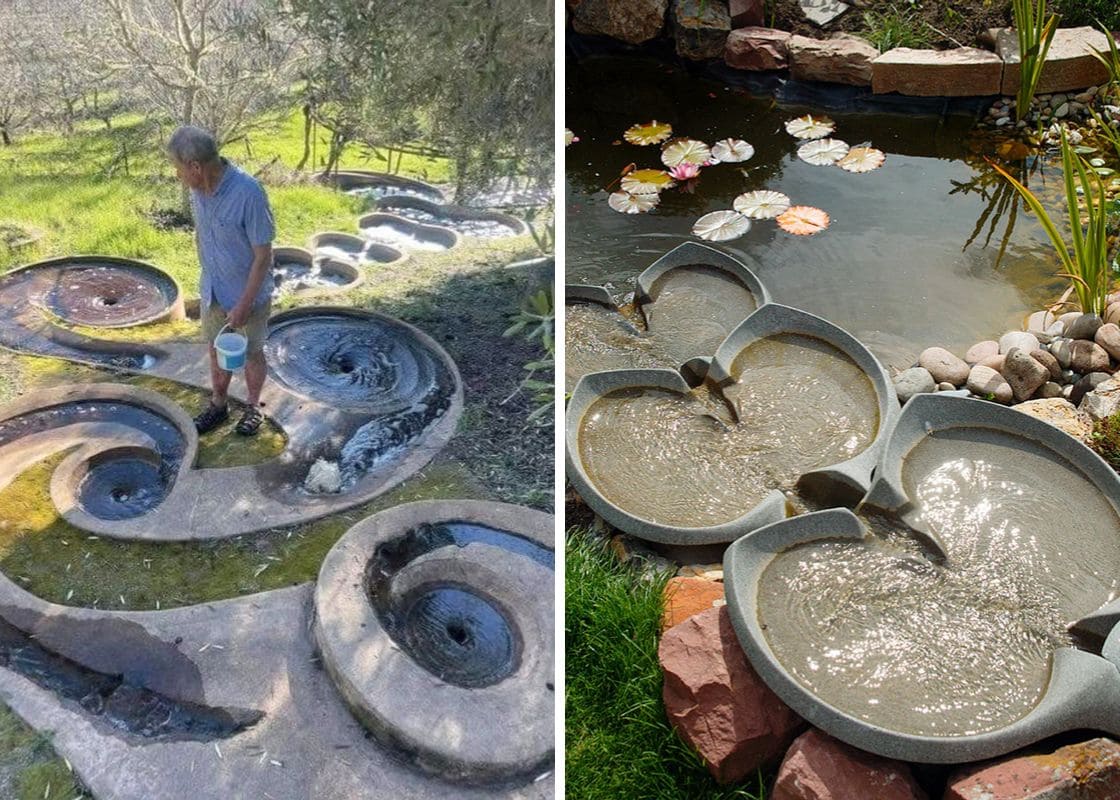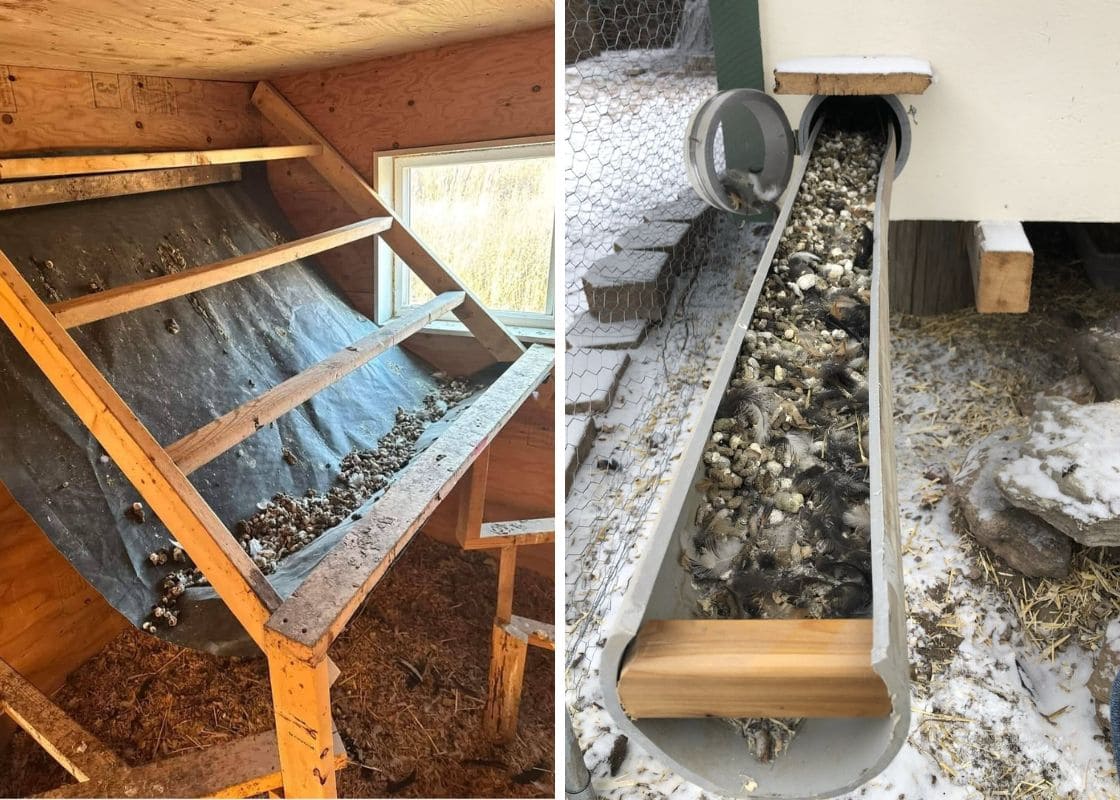Long before we had store-bought soap, people relied on plants to get clean.
Across different cultures, from Native American tribes to European villages, folks discovered certain plants could lather in water, remove dirt, and even leave a pleasant scent behind.
These plants contain compounds called saponins, which act as natural surfactants.
If you love sustainable living, off-grid experiments, or simply want to reconnect with nature, here are ten incredible plants that can cleanse your hands, hair, and laundry.
1. Soapwort (Saponaria officinalis)
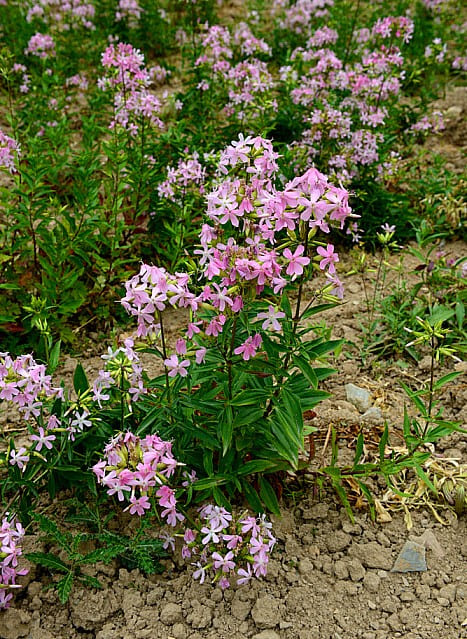
Soapwort might be the most famous plant soap. Its roots and leaves have been used for centuries as a gentle cleanser for both people and fabric.
Herbalists often recommend it for washing wool or lace because it doesn’t strip fibers of natural oils.
To use it, chop a handful of leaves or roots, boil them for about 10 minutes, strain the liquid, and you’ll see a soft lather form.
2. Yucca (Yucca spp.)
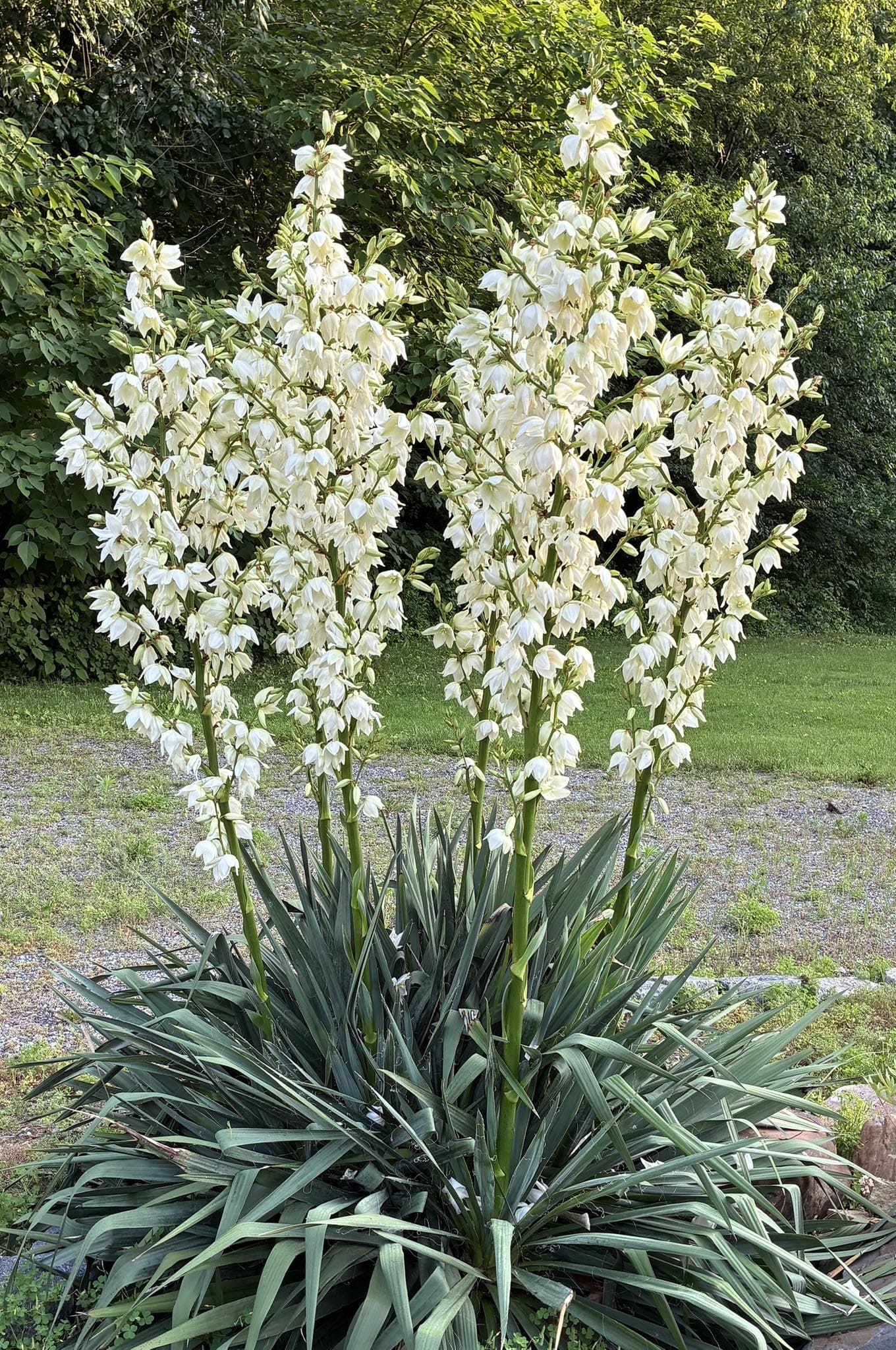
In desert regions, where water is precious, yucca has been a reliable soap source for generations. The roots are packed with saponins.
When crushed or mashed and mixed with water, they create a thick, slippery foam perfect for washing hair or hands.
Yucca cleans deeply without leaving a dry feeling, which makes sense, it evolved in harsh, sunbaked environments.
3. Soapberry or Soap Nut (Sapindus mukorossi)
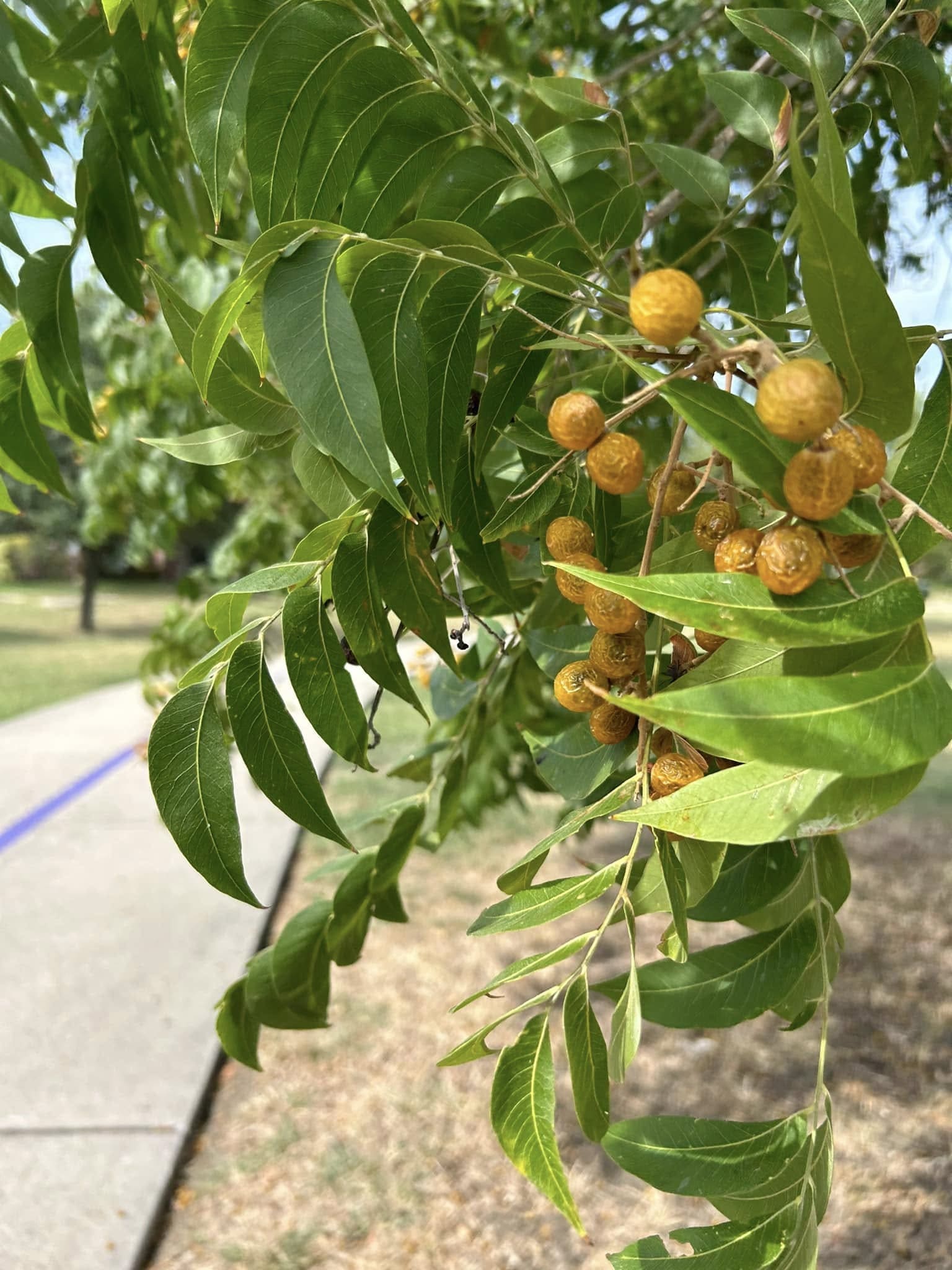
If you’ve ever seen eco-friendly laundry nuts for sale, these are them. The shell of the soapberry contains natural soap compounds that bubble in warm water.
They’ve been used in India and Nepal for centuries for washing clothes and hair.
You can reuse each nut several times, and once they’re done, toss them in the compost.
Also, the liquid from boiled soap nuts can even clean jewelry or countertops.
4. Horse Chestnut (Aesculus hippocastanum)
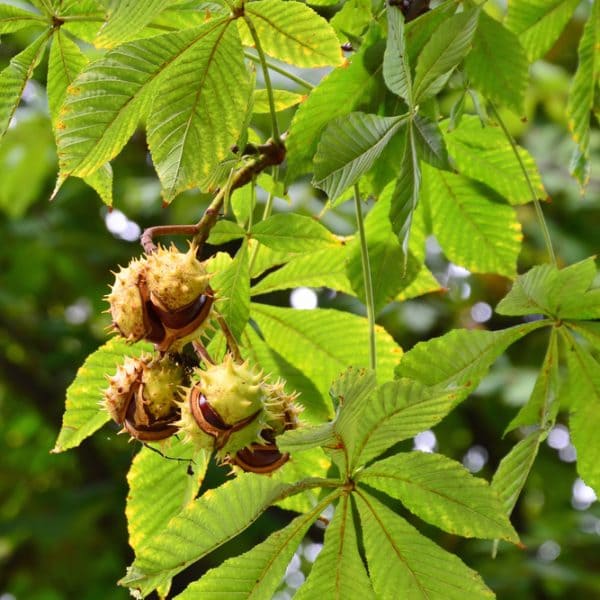
Horse chestnuts aren’t edible, but they can clean just fine.
When crushed and soaked in water, their saponins dissolve and create a milky lather that works beautifully for laundry or hand washing.
You can even grind the nuts into a powder, soak it for a few hours, and pour off the liquid for use.
5. Soapweed (Yucca glauca)
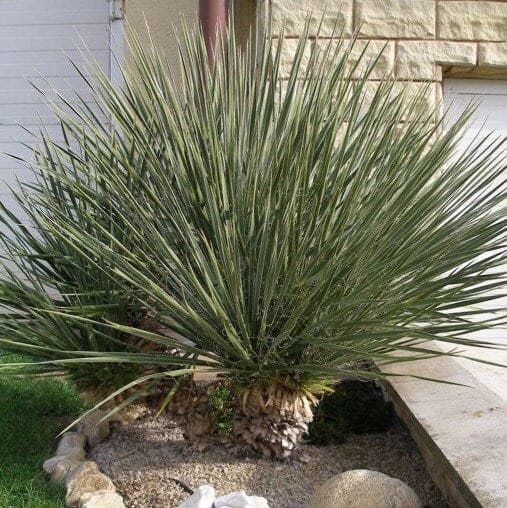
A close cousin of the desert yucca, soapweed grows across the plains of North America.
Early settlers and Indigenous people alike used it as a natural detergent.
The roots can be mashed into a paste or soaked overnight for a ready-to-use soapy mix. It’s great for washing fabric, animal hides, and even tools.
6. Soapbark Tree (Quillaja saponaria)
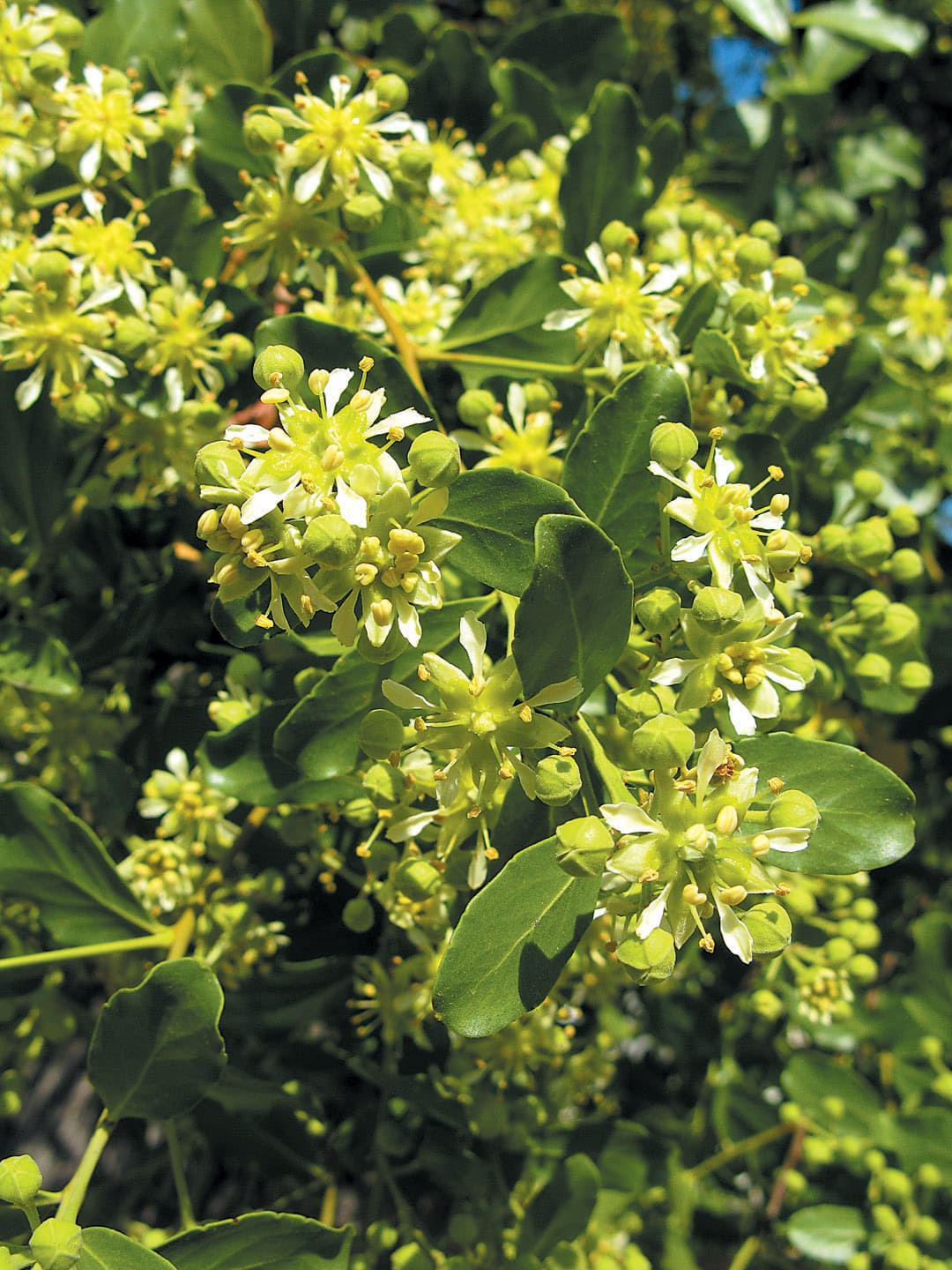
Native to Chile, the soapbark tree is one of the most potent natural cleansers out there.
The inner bark produces a thick foam that’s still used today in shampoos, facial cleansers, and even the froth of some beverages like root beer.
You only need a small amount to create serious suds.
7. Mountain Lilac or California Lilac (Ceanothus spp.)
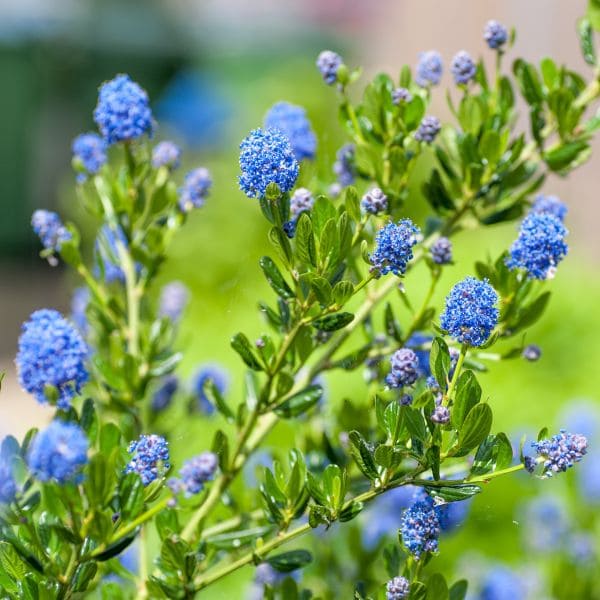
This beautiful shrub pulls double duty, a pollinator magnet and a natural hand soap.
When you rub the flowers or leaves between your palms with water, they release a light, fragrant foam.
Gardeners in California often use it to rinse hands after digging in the soil. It’s gentle, biodegradable, and has a natural wildflower scent that feels luxurious outdoors.
8. Amole Lily (Chlorogalum pomeridianum)
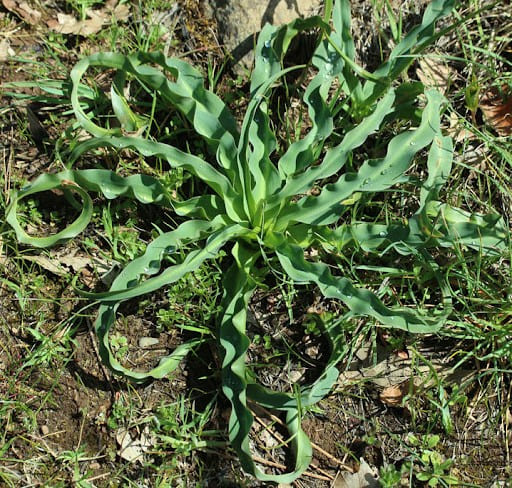
Native Californians once harvested this lily’s bulb for soap-making. When crushed and mixed with water, the bulb releases a slippery, bubbly sap.
It was traditionally used for washing hair, clothing, and even as a mild insect repellent.
The amole lily is one of those hidden gems of the natural world, modest, useful, and long-lived.
9. Clematis (Clematis vitalba)
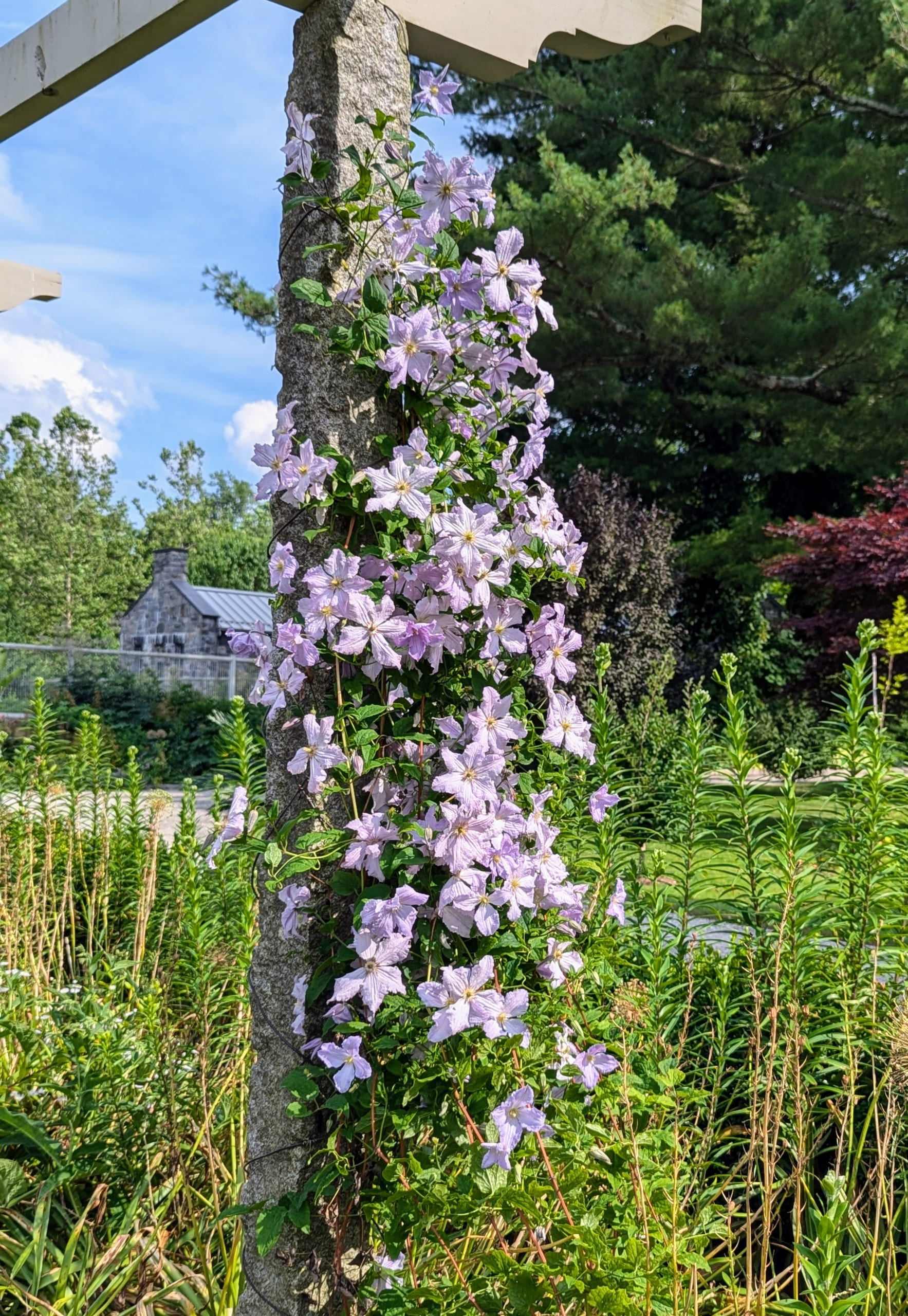
While many people grow clematis for its stunning flowers, few know that its leaves contain natural saponins.
If you crush fresh leaves in water, they form a faint foam that can clean skin in a pinch.
However, it can cause mild irritation for sensitive people, so rinse well after use.
10. Soap Plant (Chlorogalum spp.)
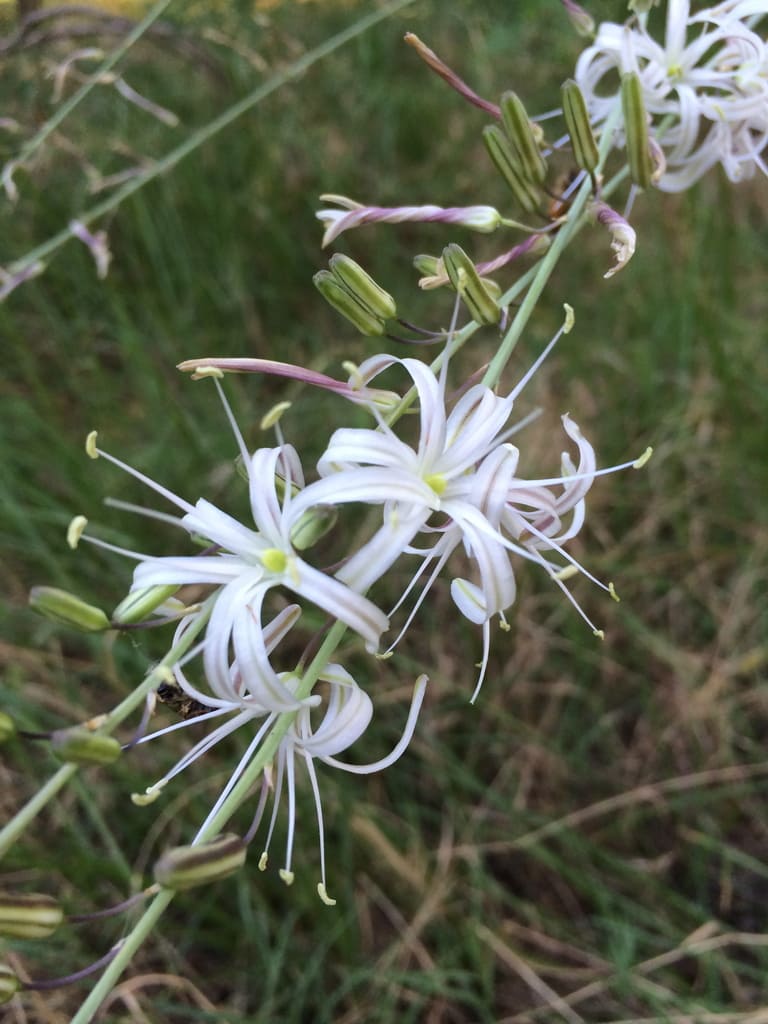
Sometimes called wild soap, this bulbous plant was another favorite among early Californians.
The bulb’s juice produces a silky, smooth lather that works well for both body and hair washing.
The same plant was also used for making glue and basket fiber treatment.
Using Natural Soap Plants Safely
Always test a small patch of skin before using any wild plant soap, some contain saponins that may irritate sensitive skin.
Avoid getting foam in your eyes, and don’t ingest these plants. If you’re foraging, make sure you’ve positively identified the species before using it.
Also, remember that while natural soaps are biodegradable, moderation still matters.
Large concentrations can affect waterways, so dispose of rinse water away from streams and ponds.
